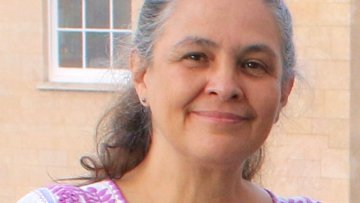The tautological ring of Shimura varieties
Abstract
Not much is known about the Chow rings of moduli spaces of abelian varieties or more general Shimura varieties. The tautological ring of a Shimura variety of Hodge type is a subring of its Chow ring containing many "interesting" classes. I will talk about joint work with Torsten Wedhorn on this ring as well as its characteristic p variant. The later is strongly related to the question of understanding the cycle classes of Ekedahl-Oort strata in the Chow ring.


